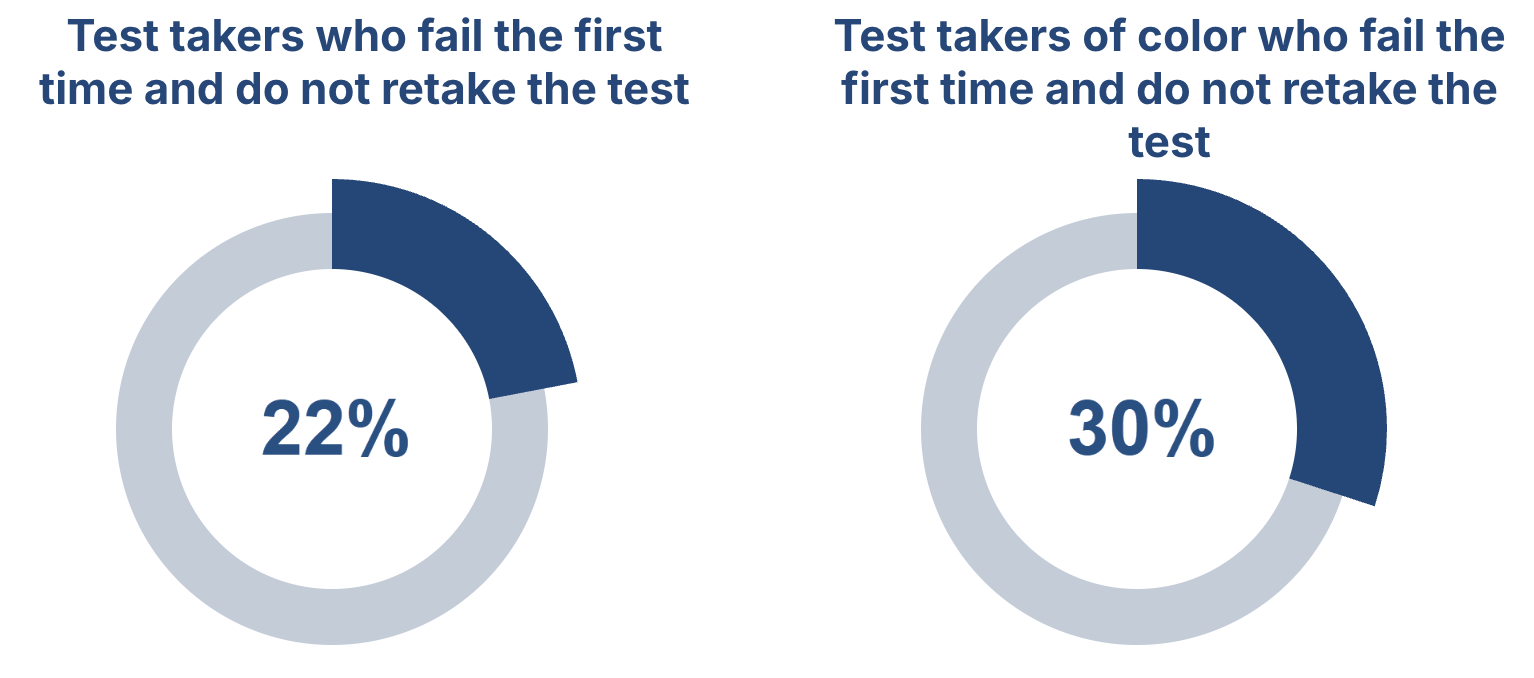-
NCTQ President
Kate Walsh
-
Project Leads
Hannah Putman & Ashley Kincaid
-
NCTQ Staff
Amber Moorer, Andrea Browne Taylor, Christie Ellis, Clyde Reese, Danielle Wilcox, Jamie Ekatomatis, Kelli Lakis, Ken Wagner, Laura Pomerance, Lisa Staresina, Nicole Gerber, Ruth Oyeyemi, Shannon Bradford, Shannon Holston, Shayna Levitan, and Tirza Buelto
-
Funders
- Alice Walton through the Walton Family Foundation
- Bill and Melinda Gates Foundation
- Sid W. Richardson Foundation
- Barr Foundation
- Gates Family Foundation
-
Content Matters Advisory Committee
Dawn Basinger, Louisiana Tech University; Mary Bivens, Colorado Department of Education; Anika Burtin, University of the District of Columbia; Abigail Cohen, Data Quality Campaign; James Cibulka, Consultant/Former President, Council for the Accreditation of Educator Preparation; Edward Crowe, TPI-US; Eric Duncan, The Education Trust; Deb Eldridge, Western Governors University; Cheryl Ensley, Grambling State University; Emily Fox, Illinois State Board of Education; Edith Gummer, Arizona State University; Simone Hardeman-Jones, GreenLight Twin Cities; Jerri Haynes, Tennessee State University; Tanji Reed Marshall, The Education Trust; Tiffany McDole, Education Commission of the States; Jessica McLoughlin, Texas Education Agency; Daniel Moore, Florida Department of Education; Daniel Robinson, University of Texas at Arlington; Deborah Scheffel, Colorado Christian University; Evan Stone, Educators for Excellence
-
Additional guidance and input
Ryan Franklin, Kelvey Oeser, and Mark Olofson, Texas Education Agency; Elizabeth Ross and Joelle Lastica Hlava, Office of the State Superintendent of Education, Washington, DC; Massachusetts Department of Elementary and Secondary Education; Florida Department of Education; Nermin Zubaca, Delaware Department of Education; Emily Fox and Jason Helfer, Illinois State Board of Education; Dan Goldhaber, Center for Analysis of Longitudinal Data in Education Research & University of Washington, Meagan Comb, Boston University Wheelock Educational Policy Center
-
Design and Technical Development
Katy Hinz, Katrina Keane, Teal Media
Jeff Hale, EFA Solutions
-
Legal Expertise
Teri Peeples (formerly of Sidley Austin LLP), Tanisha Singh, and Symone Yancey, Sidley Austin LLP





 There are startling differences in pass rates among institutions within the same state. On average, there is a 56 percentage point gap between the highest and lowest performing institutions.
There are startling differences in pass rates among institutions within the same state. On average, there is a 56 percentage point gap between the highest and lowest performing institutions.